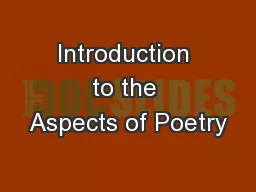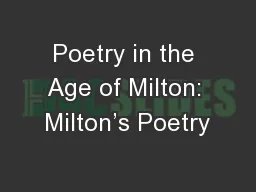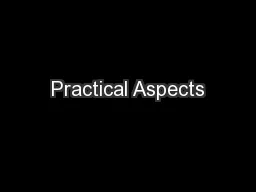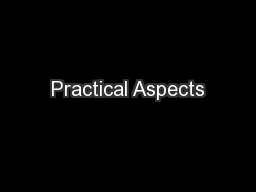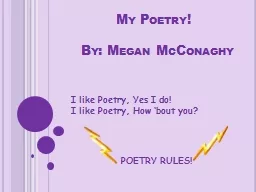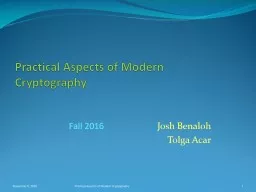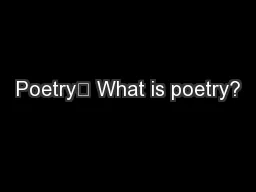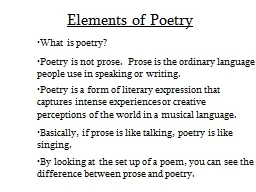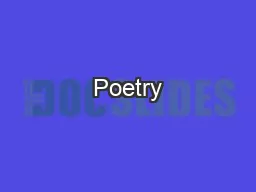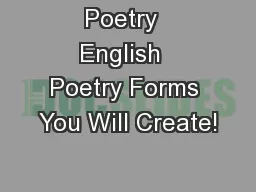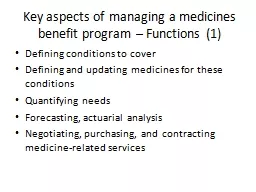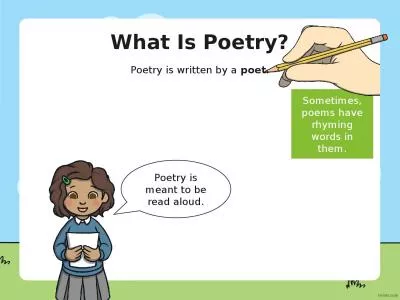PPT-Introduction to the Aspects of Poetry
Author : celsa-spraggs | Published Date : 2017-05-15
Sensory Language and Visual Imagery Since most poems express emotions and ideas a writer must SHOW what is being written about Poets and song writers use visual
Presentation Embed Code
Download Presentation
Download Presentation The PPT/PDF document "Introduction to the Aspects of Poetry" is the property of its rightful owner. Permission is granted to download and print the materials on this website for personal, non-commercial use only, and to display it on your personal computer provided you do not modify the materials and that you retain all copyright notices contained in the materials. By downloading content from our website, you accept the terms of this agreement.
Introduction to the Aspects of Poetry: Transcript
Download Rules Of Document
"Introduction to the Aspects of Poetry"The content belongs to its owner. You may download and print it for personal use, without modification, and keep all copyright notices. By downloading, you agree to these terms.
Related Documents

